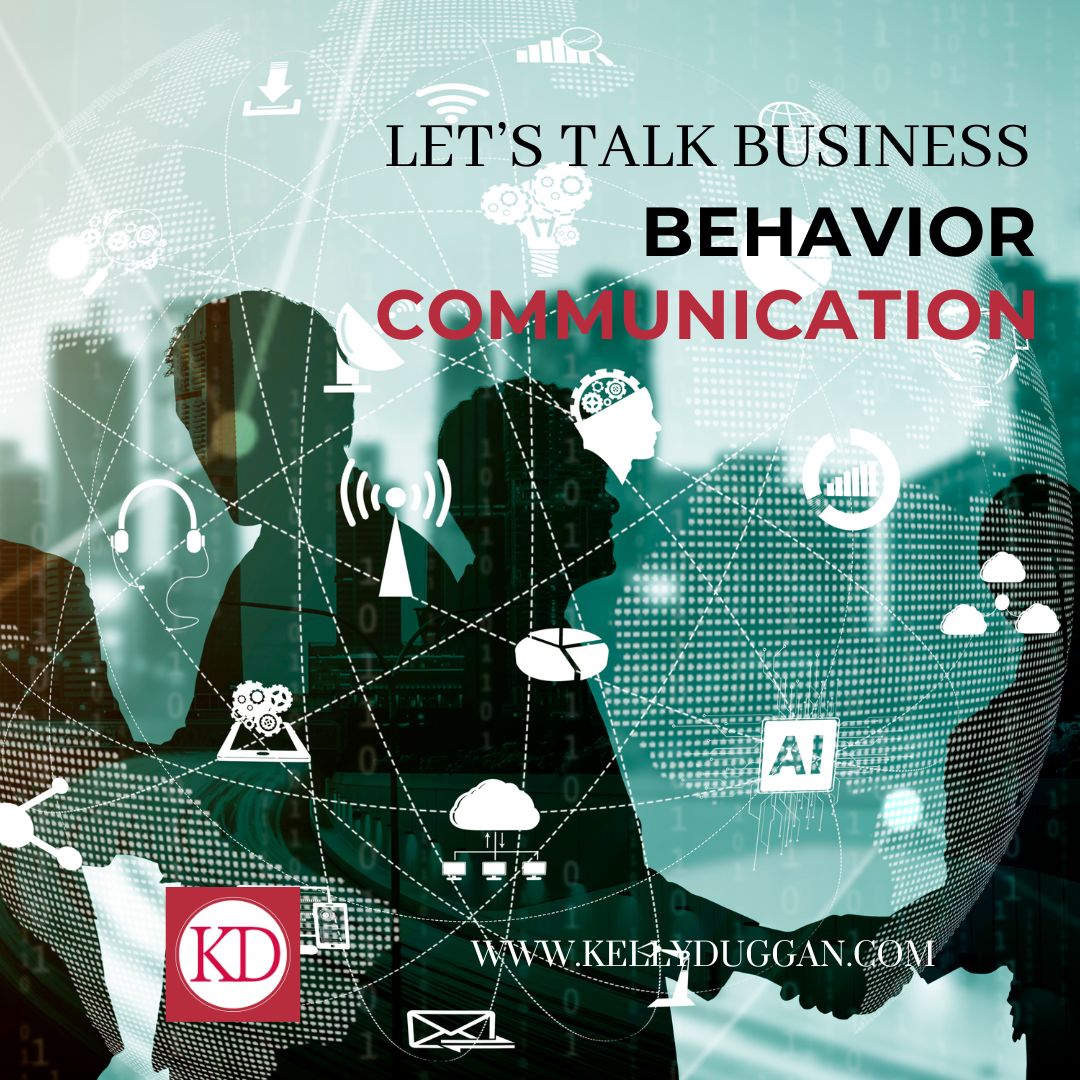Part 3 | Communication: Influence Via Words (and More)
Our three-part series on the Image ABCs closes out this month with some ideas about how effective communication can positively influence others.
It seems like a pretty simple idea. We depend on developing and maintaining relationships to survive as humans. To do this we need to interact with others. Which means we will influence them and they will influence us, for good or ill. And this means we need to communicate.
Communication includes the verbal and nonverbal, both in person and via technology. It’s the words you say and write, how well you listen, your facial and body language, the sound of your voice, images you share and so much more. How effectively you do all this, both personally and professionally, makes a significant difference in your relationships and how you influence others. As entrepreneur and author Jim Rohn said, “If you just communicate you can get by. But if you communicate skillfully, you can work miracles.”
Communication Fundamentals
This is an exceptionally large topic and would take pages to cover everything. So here are four fundamental ideas to think about when you review how effectively you communicate with and influence others.
1) By this point in life you’ve developed personal preferences and ways of interacting with others — i.e., a communication style. Are you naturally more comfortable speaking or writing? Do you tend to lean in close or stand back when talking with people? Do you prefer addressing big groups or talking more informally with just a few others? Do you speak and/or write in longer sentences or short bursts? Do you prefer to use in-person or technological interactions? The question to ask is how well does your style work for you in influencing others? Do you need to change something?
2) Where is your primary focus when communicating? How well do you understand both others’ needs and your own? If you’re trying to influence someone’s behavior, are you basically thinking about what it might mean to them, what it means to you or somewhere in between? Again, does this work for you, or do you feel your focus needs to be adjusted to be more effective?
3) We’ve explored the idea of your professional presence (i.e., your “brand”) before. Does how you communicate with others align well with how you appear and behave overall? For example, do you dress well and appropriately and use good manners, but tend to blow up verbally when you’re upset with something in the office? Do you reply impulsively to emails and texts without pausing to think through what you really want to say? Overall, does your professional “communication brand” tend to be stable, thoughtful and positive? Do others respond well to you?
4) Finally, if you want to be more influential and effective as a leader, check to make sure you’re doing your best with these top-level communication skills:
- • Are you clear and concise when you communicate with your team and others? Do they understand what you’re conveying, feel free to ask questions when they’re unsure and check back in as needed without waiting for formal meeting times?
- • Do you feel comfortable asking questions when you need more information? Can you let go of your position as an “authority” and engage with others in truly collaborative decision-making when that’s appropriate?
- • Can people rely that what you say is what you mean? Are you consistently honest and trustworthy in what and how you communicate as well as in how you behave?
We’ve individually explored the Image ABCs — Appearance, Behavior and Communication — in this and the last two articles we’ve posted. (If you’d like a refresher, go back and review Appearance – Part 1 and Behavior – Part 2) When you’re able to use all three of the ABCs effectively, you’ll know that you’re enhancing your power to influence others in a positive and productive manner, each and every day.
If you’d like more information about the Image ABCs and other similar topics, contact us direct.

